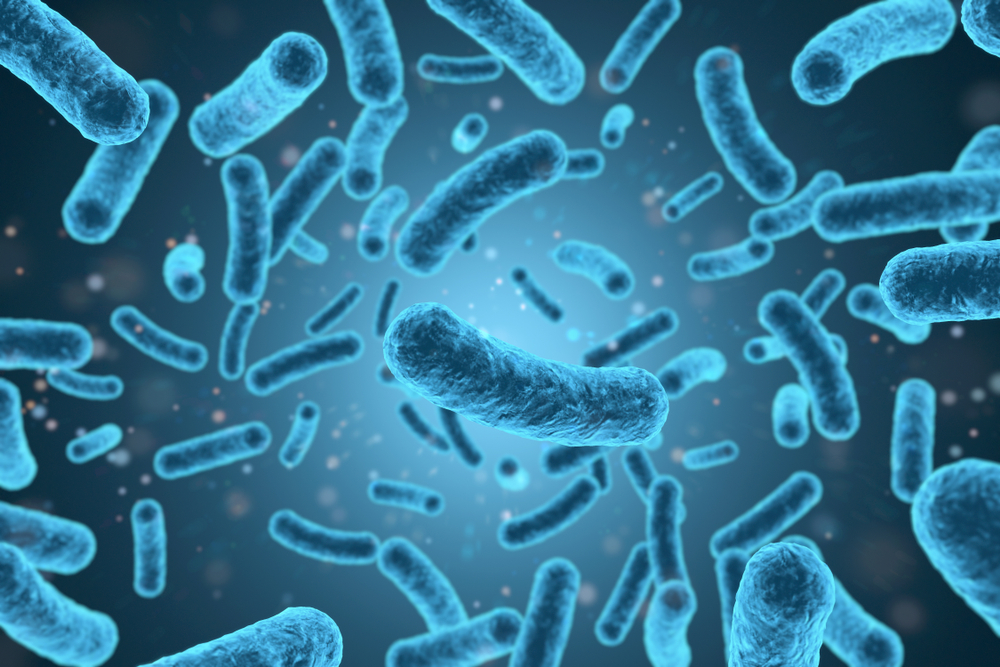CLOSTRIDIUM DIFFICILE TOXOID A
Clostridium difficile Toxoid A is a highly purified, non-toxic preparation derived from C. difficile toxin A. It has been developed either for use as an immunogen to raise antibodies or for use in clinical diagnostic assays. Formaldehyde is use to convert the toxin into Toxoid A and quality control data illustrates that this treatment has no significant effect on the antigenicity of the resultant preparation.
PRODUCT DETAILS – CLOSTRIDIUM DIFFICILE TOXOID A
- Native Clostridium difficile Toxoid A, strain VPI10463.
- Inactivated with formaldehyde, with inactivation conferred by vero cell assay.
- Greater than 90% purity and stored in 0.05M hepes, 0.15M NaCl, 5% sucrose.
BACKGROUND
Clostridium difficile (C. difficile) is a Gram-positive spore-forming anaerobic bacterium, first described in the mid-1930s. Recent studies have shown that C. difficile is predominantly associated with cases of infectious diarrhoea in patients after treatment with antibiotics (antibiotic-associated diarrhoea, AAD), or have imbalanced commensal gastrointestinal flora. C. difficile infection can cause severe disease and death in a significant number of cases and is recognised as a leading cause of severe gastrointestinal disease and AAD in hospitalised patients (Voth, DE). The severity of the disease in each case is determined by various factors, including the virulence of the C. difficile strain, the condition of the patient’s normal gut flora and the individual’s immune response to intestinal damage.
Toxins A and B have been identified as major C. difficile virulence factors, which are encoded by the tcdA and tcdB genes respectively. Both toxin A and toxin B have pro-inflammatory and cytotoxic activity, which disrupt the intestinal epithelium leading to extensive damage and cell death in the large intestine (Carter, GP).
In recent years, new hypervirulent strains of C. difficile, including ribotype 027 and 078, have emerged causing new epidemics of C. difficile in the developed world, and are a cause for significant concern within the global health care community (Ghose, C).
The product is presented in a choice of pack sizes and is lyophilised for ease of use.
REFERENCES
- Voth, DE et al. (2005). Clostridium difficile Toxins: Mechanism of Action and Role in Disease. Clin Microbiol Rev.18(2): 247–263.
- Carter, GP et al (2010). The role of toxin A and toxin B in Clostridium difficile-associated disease. Past and present perspectives. Gut Microbes.1(1): 58–64.
- Ghose, C. (2013). Clostridium difficile infection in the twenty-first century. Emerg Microbes Infect.2(9): e62.

